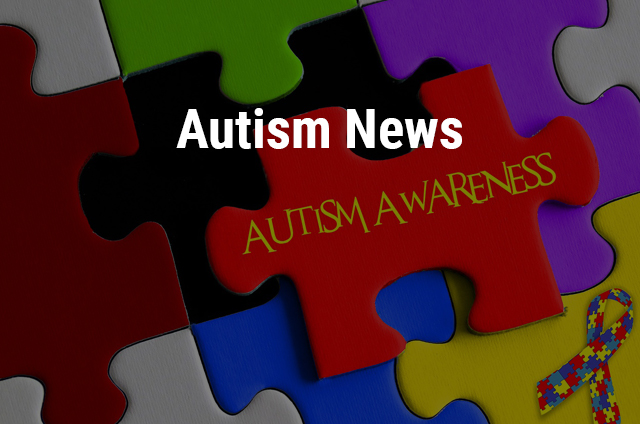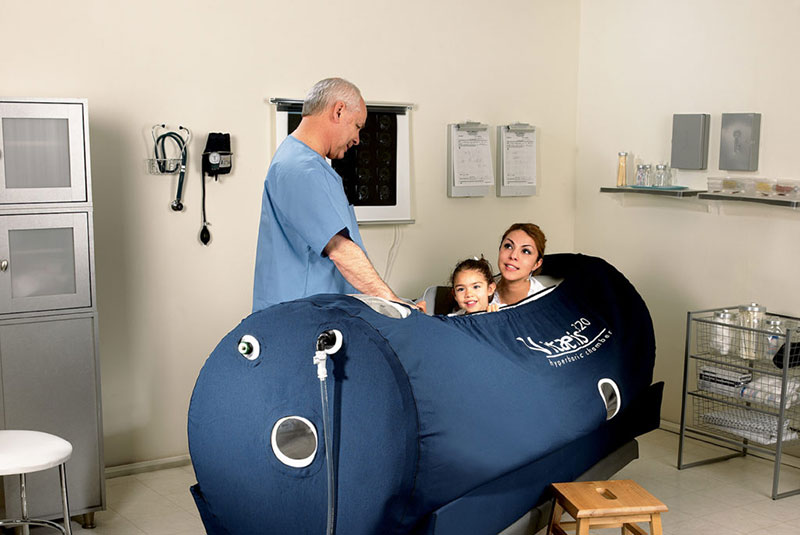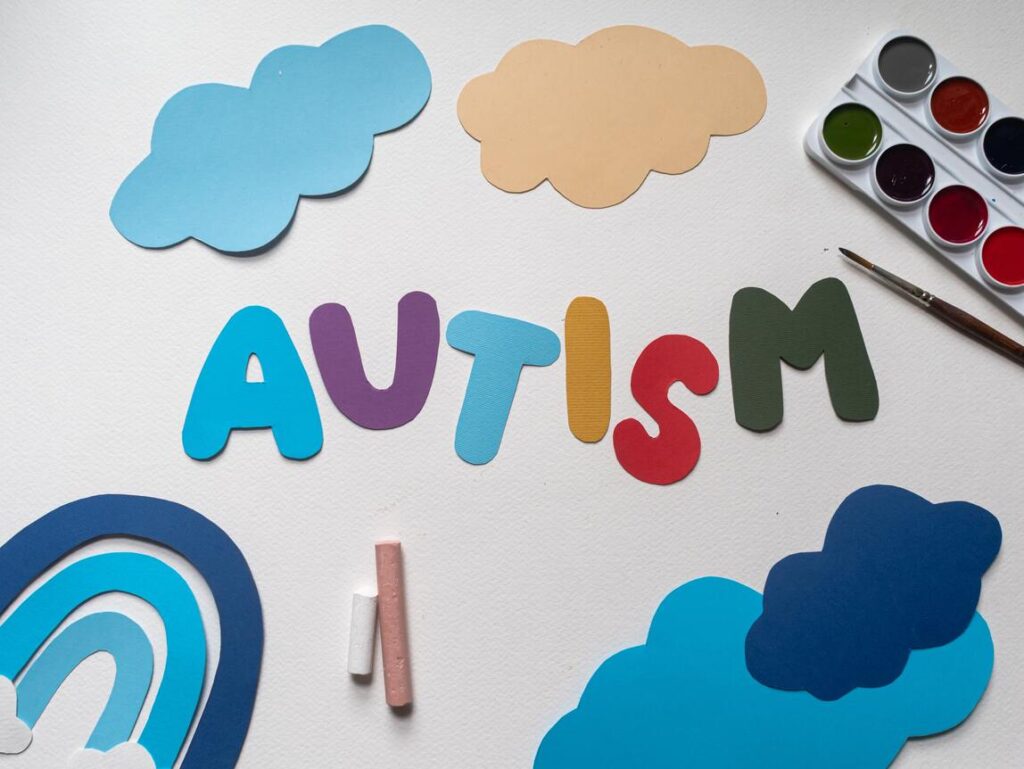Medical science is yet to find a magic bullet for curing Autism Spectrum Disorders, but it has definitely come forth with some alternative therapies and treatment options that have shown plenty of hope. In this post, we will seek the details of three most important perspectives of treating autism-
1. Behavioral and Educational approaches: Applied behavior analysis and educational approaches include a horde of methods and techniques of teaching new skills through positive reinforcement. These approaches are used improve the communication and the motor skills of the child as well as his/her auditory processing, i.e. how he/she hears sounds. This therapy is also used for ending the problem behaviors of the child such as head-banging and constant tantrums and invoking positive behaviors like sitting in circle time and developing the basic skills such as dressing and feeding on their own.
2. Dietary and Bio-medical approaches: Dietary and bio-medical approaches aim to manage the physiological symptoms that are associated with autism, such as bowel allergies, intestinal issues, allergies or any kind of inflammation. The therapists, (usually nutritionists) prescribe elimination diets which include casein-free and gluten-free food regimen, mineral and vitamin supplements, particularly Vitamin B.
3. Complementary approaches: This is one of the emerging treatments which are directed to improve the communication skills along with the social interaction skills of the autistic child and provide him/her with a sense of accomplishment. Complementary approaches to treat autism are usually used along with other approaches to yield better outcome. Complementary approaches include music therapy, play-way therapy and auditory integration therapy that is supposed to improve the social skills of the child.




